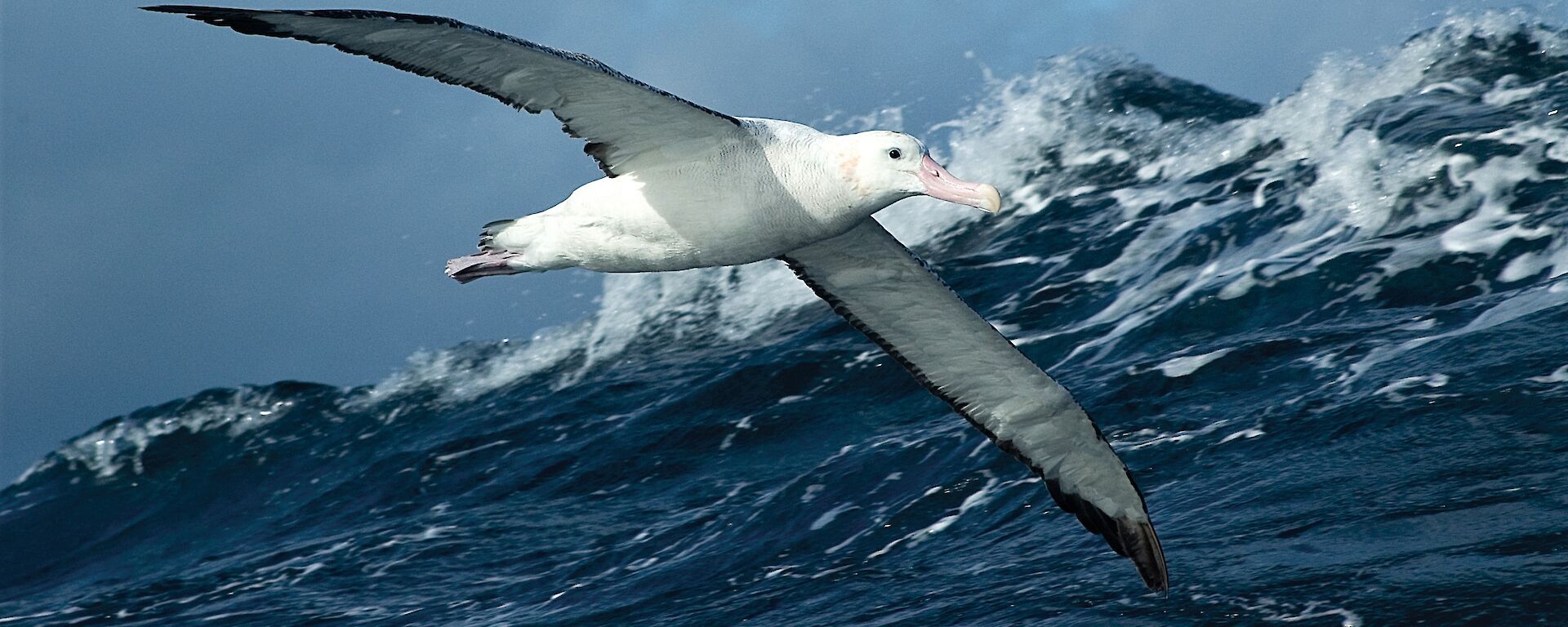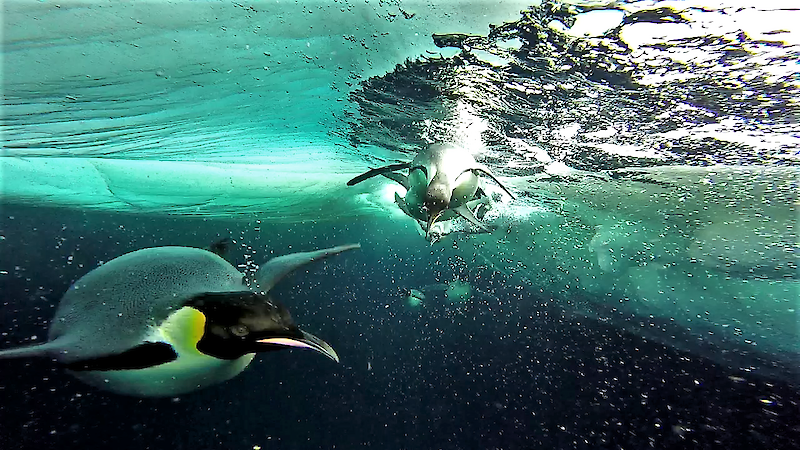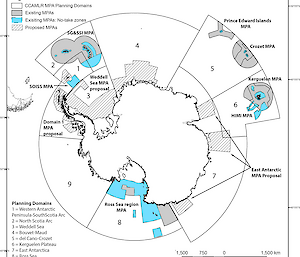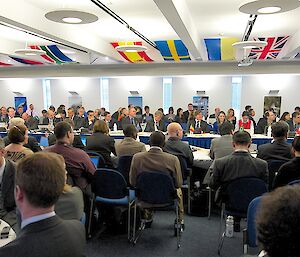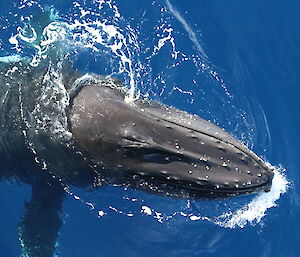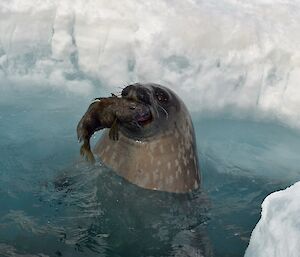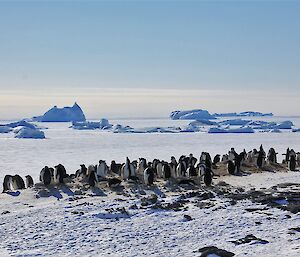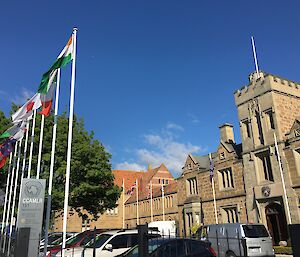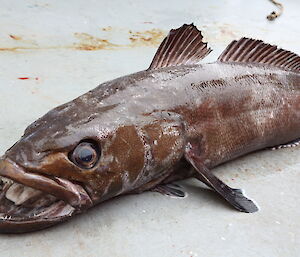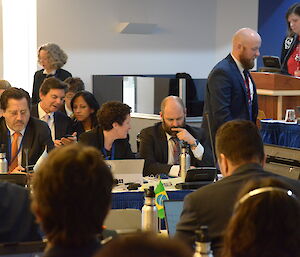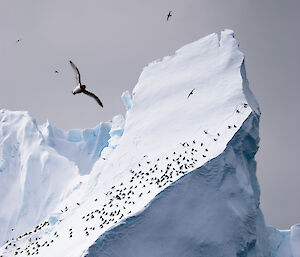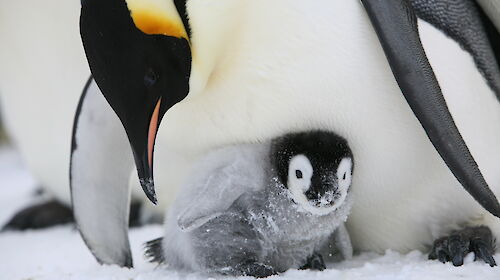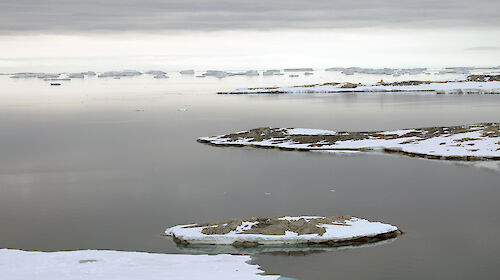15 nations and the European Union met in an online conference on 28 April to affirm their commitment to protecting the Southern Ocean from climate change and other human impacts.
Australia’s Minister for the Environment Sussan Ley was the first speaker in the meeting that included senior representatives from France, Germany, Norway, United Kingdom, Uruguay, Chile, Argentina and the Presidential Envoy for Climate of the United States of America.
The 15 nations, and the European Union, are members of the Commission for the Conservation of Antarctic Marine Living Resources, known as CCAMLR.
Australia’s Commissioner to CCAMLR, Gillian Slocum, said that the meeting built momentum to establish a representative system of Marine Protected Areas (MPAs) in the Southern Ocean.
“The meeting, initiated by the EU, agreed to encourage all 26 members of CCAMLR to engage constructively on MPA proposals currently under consideration.”
“Australia will continue to play a lead role in establishing a representative system of MPAs in the Southern Ocean, including in East Antarctica and the Weddell Sea,” Ms Slocum said.
Antarctic network of marine protected areas
In 2009, CCAMLR established its first MPA, the South Orkney Islands Southern Shelf Marine Protected Area, a region covering 94,000 square kilometres in the southern Atlantic Ocean.
In 2016, CCAMLR members agreed to establish a new MPA in the Ross Sea region. Covering 1.55 million square kilometres, the Ross Sea region MPA is the world’s largest. Nearly three-quarters of the area is a ‘no-take’ zone that forbids all fishing.
Since 2012, Australia, together with the European Union, has advocated for the adoption of an East Antarctic MPA. Norway, the United Kingdom, and Uruguay are now co-proponents of the proposal.
“The East Antarctic MPA would protect distinctive deep-water reefs and feeding areas for marine mammals, penguins and other seabirds,” said Ms Slocum.
It would also provide scientific reference zones to assist with understanding the effects of fishing outside protected areas, and the consequences of climate change for Southern Ocean ecosystems.
Large-scale MPAs are also an important tool to build ocean and ecosystem resilience to impacts of climate change.
Australia is also a co-sponsor of the Weddell Sea MPA, and supports Argentina and Chile in the establishment of an MPA in the Antarctic Peninsula region.
Australian Antarctic science an enabler
Director of the Australian Antarctic Division, Kim Ellis, said that CCAMLR is an excellent example of applying science to deliver evidence-based environmental protection.
“Our science has a direct impact on policy outcomes for a range of management issues in the Southern Ocean, from setting catch limits for krill fisheries to informing the design of Marine Protected Areas.”
“It’s important that CCAMLR’s proposals are based on the best available science, and that’s what the Australian Antarctic Program provides,” Mr Ellis said.
The AAD’s Deputy Chief Scientist, Dr Dirk Welsford, is currently the Chair of CCAMLR’s Scientific Committee.

